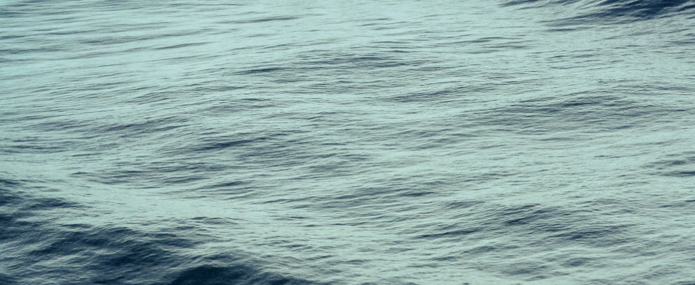The United Nations Conference to Support the Implementation of Sustainable Development Goal 14 on the Oceans will be held in New York from 5 to 9 June. This is an unmissable opportunity to (re)mobilise all actors involved in the conservation of the marine environment around the joint definition of specific action plans at the national, regional and global levels. During a summit organised at the UN in September 2015, the international community approved the Sustainable Development Goals (SDGs), the aim of which is to bring about or to accelerate a shift in development models, and to thereby put all states, both rich and poor, on a sustainable path by 2030. Among the 17 SDGs adopted, SDG 14 specifically calls for States to “conserve and sustainably use the oceans, seas and marine resources for sustainable development”. Marine ecosystem health is thus placed at the centre of the international policy agenda. Indeed, it is a prerequisite for the well-being of humankind: the oceans cover two thirds of the planet, constitute a critical source of food for millions of people, regulate the climate, contain an exceptional level of biodiversity and support key economic activities for many countries. But the adoption of the Oceans SDG is just a first step: the challenge now is to ensure its implementation—which is all the more urgent as many of its associated targets (sustainably managing and protecting marine and coastal ecosystems, ending overfishing, conserving at least 10% of coastal and marine areas, etc.) are to be achieved by 2020. These issues will be central to the United Nations Conference to be held in New York from 5 to 9 June 2017. This event, initiated by Fiji and Sweden, will bring together hundreds of people, representatives of states, international organisations, research centres, foundations, donors, NGOs and the private sector—all concerned by the future of the marine environment. Organised around plenary meetings, partnership dialogues focusing on the different targets associated with SDG 14, and side events, the conference will lead to the adoption of a “Call for Action”, a report summarising the partnership dialogues and a list of voluntary commitments for the implementation of the Oceans SDG. Will this be yet another UN conference which we already know will yield limited results, or an opportune meeting that could give new impetus to the implementation of SDG 14? The future will tell, but there is cause for optimism. First, this conference should help to further integrate the implementation of SDG 14 into national policy agendas. This should already be the case, since the SDGs were officially adopted several months ago, but, as we know, their implementation often implies far-reaching reforms, especially at the institutional and economic levels. In this respect, it is worth noting that preparations for the conference are mobilising numerous states that want to present solid arguments and well-defined strategies in New York. For several countries, of both the North and the South, the last few months have thus been spent developing a national plan of action. In this sense, the conference has already begun to rally states. Second, this conference should help to strengthen international cooperation for the conservation and sustainable use of marine resources. Although the implementation of SDG 14 is first and foremost the responsibility of states, the transboundary nature of the marine environment nevertheless requires enhanced cooperation. This will undoubtedly be the goal of the “Call for Action”, an intergovernmental declaration that will propose a roadmap for the implementation of SDG 14, and this will be the subject of the “partnership dialogues” during which all participants will have the opportunity to express their point of view on what needs to be done to achieve the Oceans SDG. This will also be the purpose of the event organised by Germany, Sweden and the United Nations Environment Programme, in partnership with IDDRI, IASS and TMG, on regional cooperation for the implementation of SDG 14. During this event, IDDRI and its partners will present a new report highlighting the key role regional organisations can play in the implementation of the Oceans SDG. Finally, and, more generally, the event in New York will be an excellent opportunity to build broad coalitions around the different targets associated with SDG 14. These targets are ambitious and a colossal effort is required if they are to be met. However, many countries have limited resources, particularly financial and human resources. States, international organisations, research centres, NGOs, the private sector… none can do it alone, and the creation of synergies is therefore an imperative that the conference in June will hopefully address, especially through the voluntary commitments expected.
Ocean Conference at the United Nations: a new impetus to the implementation of SDG 14?


